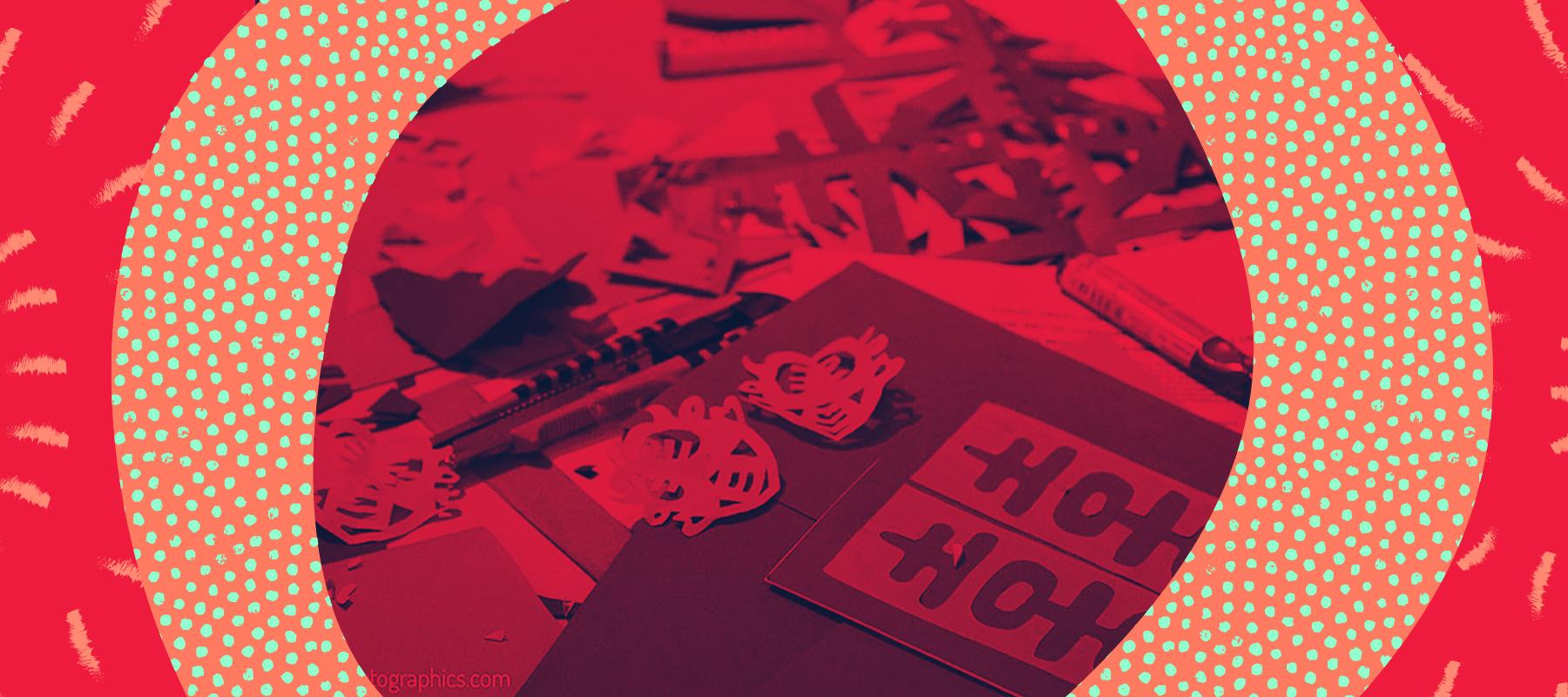Lower Chitpur Road ends in Tiretti Bazaar that is located in the neighbourhood which was home to the first Chinatown or Cheenapara in Central Kolkata, and is around 250 years old. Even now Tiretti Bazaar is famous for its early morning Chinese breakfast on the weekends. If you happen to take a walk around Tiretti Bazaar, you will find the neighbourhood dotted with Chinese clubs, temples, food joints, provision/sauce shops and a few beauty parlours owned by the Chinese. Papercut is a picture cut out on a paper with scissors. The art of papercut may be traced back to the period as early as the ancient South and North dynasties in China. It appeared at the same time of discovery of Chinese papermaking and is still prosperous across China.
The picture patterns are often pasted on the lintels, windows or lanterns and express the feelings of joy and the perceptions in life. The patterns are often designed from events in the festivals, bumper harvest of cereals, stories of the folk opera, children or animals and others. They are beautiful and interesting and are widely popular among the Chinese. In Kolkata, the Indian Chinese pursued paper cutting and lantern making as a hobby and learnt it as a craft in Chinese schools. During the Chinese festivals, such as the New Year, the older generation of Chinese might still practice it. The younger generation as such has not taken it up nor is it taught in schools anymore. The craft, just like the Chinese population in Kolkata, is dwindling.
This is a specially designed workshop for students from Ideal School for the Deaf and Dumb, Salt Lake, where they will learn the tricks of Chinese paper cutting and make Chinese paper hangings and lanterns themselves. The aim of the workshop is to introduce children with hearing and speaking disabilities to another culture that is very much part of the city’s heritage by engaging with one of its craft forms.
This experience is specially curated for students Ideal School for the Deaf and Dumb, and is not open to the public.



